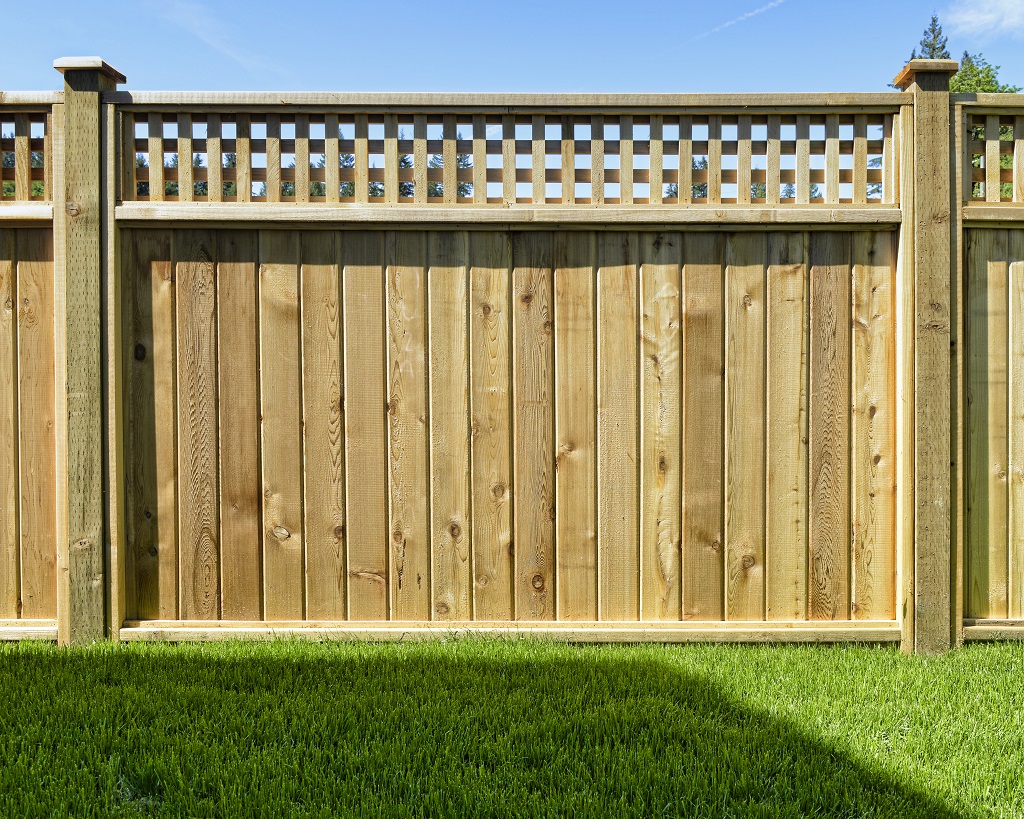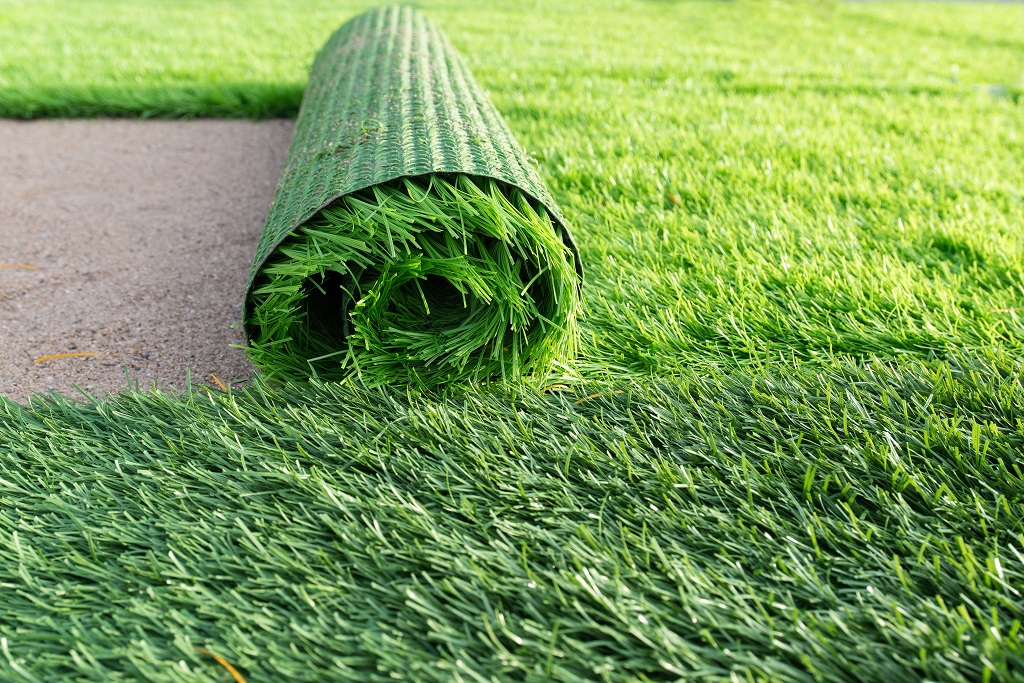When it comes to having your dream garden, the key barrier for most people is a lack of time and energy to invest.
Though costs can also be prohibitive, it’s juggling busy work schedules and social lives with household maintenance that tends to see the latter fall by the wayside.
If you’d like your own peaceful outdoor space full of colour and greenery, but don’t have the time to maintain it throughout the week, the good news is that there are a few easy ways to make yourself a low-maintenance garden that still looks the part. Better yet, you don’t need to spend huge sums of money to achieve those garden goals.
From ways to avoid weeds and choosing the right plants, right through to hard landscaping that will keep things looking good all year round, here are some of the best ways to create a garden that still looks eye-catching even after extended periods without pruning, watering and weeding.
Embrace mulch to save time weeding and watering
Mulches are loose ground coverings, typically made of bark or other organic matter, that go on top of the soil in your flower beds and provide all manner of benefits to the time-poor gardener.
Depending on what you use as mulch, covering the ground around your plants with this kind of matter can help it to retain moisture in the summer – meaning you can get away with less watering – and suppress weeds, as well as deterring pests and improving the overall quality of the soil.

Mulch for the garden
Biodegradable mulches like wood chippings and straw are the best for a slow release of nutrients, but will eventually need replacing once they’ve rotted down. That said, this may only be an annual job, or even less frequent. If you’d rather opt for a mulch that won’t need replacing, you can still suppress weeds and conserve moisture with a non-biodegradable mulch, like slate, gravel or sea shells.
For best results, lay biodegradable mulch around three inches thick, after removing weeds and their roots and ensuring that the soil is moist. If you need to add fertiliser to your plants, this can be done simply by spreading it over the mulch, where it can be washed down to the roots of the plants by rainfall or watering.
Opt for perennials, slow-growers and no-nonsense fauxliage
Classic perennials, for example lavender and allium, will continue to bring colour to your garden year after year without needing constant replanting. If you’re worried about plants becoming overgrown, and shedding leaves and petals that will soon need clearing up, try and seek out slow-growing perennials such as Peonies and Gardenia. Buying a potted plant rather than attempting to grow from bulb or seed is also a wise move if you don’t have much time to commit.
Of course, sometimes even with the best intentions and when choosing plants that purport to be low maintenance, we can find that greenery in our gardens isn’t quite as long-life as we’d hoped. If you need something that’s totally hands-off, so that you can do nothing in your garden but sit and relax, some good quality artificial shrubs or flowers might be the answer.
An increasingly popular combination is to mix areas of living wildflowers with a few choice artificial plants, hemming in the real thing with wooden edging or stones to ensure they don’t get out of hand. If you’re planning a garden update for your holiday home or simply being realistic about a garden that is only used sporadically at weekends, fauxliage is an easy way to keep things bright and colourful without the need for regular pruning and fertilising.
Hard landscaping and decorations

Another way to bring colour into your garden without introducing swathes of new plants, is in your hard landscaping. From brightening fence panels to creating tiled, mosaic-style feature walls on sheds or garages, there are various ways you can quickly transform a garden.
Aside from laying weed-proofing fabric underneath any new patio or decking area to ensure that you don’t find yourself choosing between unwanted maintenance or unwanted plants, think about colour schemes and fixed decorations that can bring your garden to life. Opting for trending colours such as teal or turquoise on decking, instead of browns and greys, is a small swap that can make a big impact.
If colourful tiles on a plain wall aren’t your style, or there isn’t a suitable area for them in your garden, think about other fixed features that could work instead. Small water features are a good alternative to ponds, and can be both calming and an interesting talking point.
Low-maintenance lawns

Finally, if you don’t want to get rid of a lawn entirely but also don’t have the time to keep weeding and mowing one, there are really just two options. The first is to go for a slow-growing grass like Zoysia or Kikuyu, which won’t need mowing as often as other types of grass. However, like any lawn, these will still require some level of work on your part.
If you have a smaller garden where mowing is awkward, there’s no space to store a lawn mower anyway, or you just can’t face the thought of weeding, an increasingly popular modern solution is to opt for astroturf. You can still keep life in your garden through raised flower beds and potted plants, but many faux turfs are now very convincing and can keep things green without watering and fertilisers.
Whether you have a small courtyard garden or a spacious outdoors with room for throwing parties, there are plenty of ways you can keep things looking good without needing to hire help or dedicate all your free time to upkeep.
Tabby Farrar is a lifestyle blogger and professional copywriter, with a penchant for no-fuss gardening and pet-safe plants. You can see more of her work at JustCantSettle.com.
TAGS

